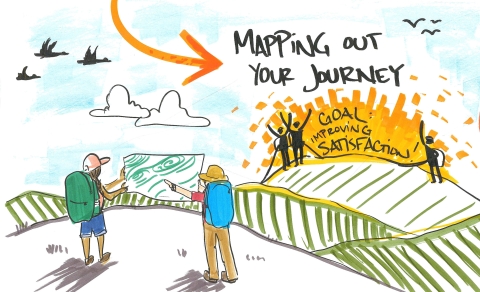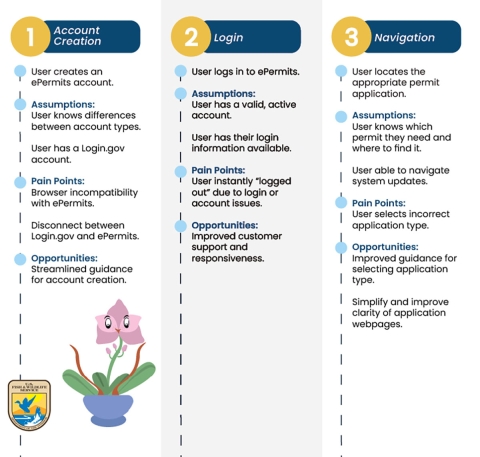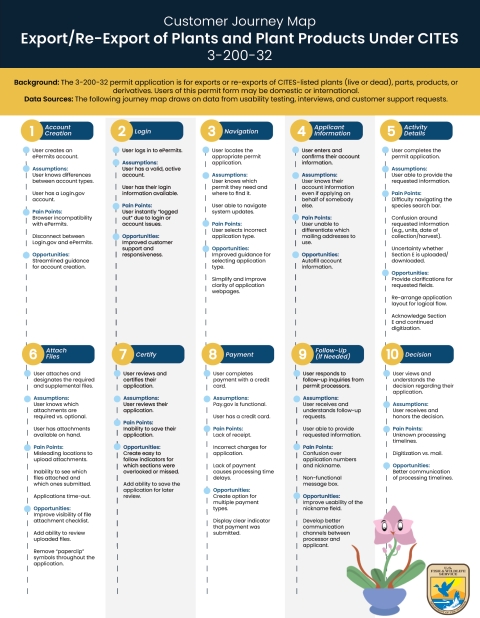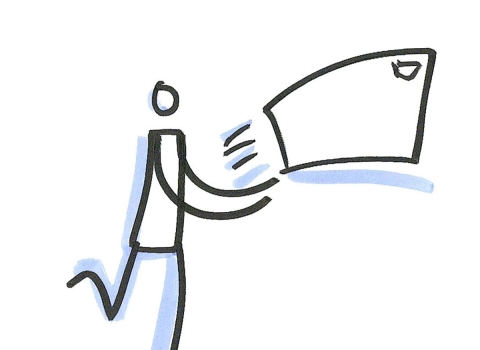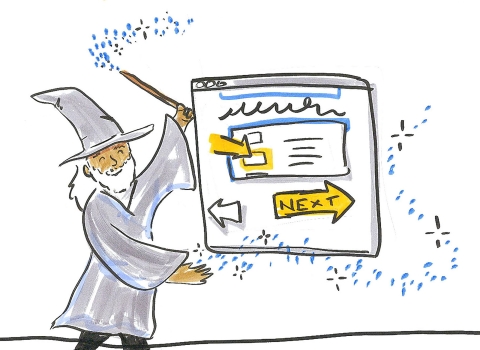As part of our efforts to improve the ePermits Customer Experience, we seek to understand the unique needs and experiences of diverse permit applicants and permit holders.
With over 80 applications and over 400 permit types, the kinds of businesses and people who apply for permits may surprise you. For instance, we serve zoos and aquariums, biomedical companies, exotic pet owners, musicians, horticultural companies, farmers, airports, conservation researchers, and cosmetics companies.
We are in the process of developing a variety of research tools that help us to understand commonalities and differences amongst the various applicants/permittees.
Personas are one of these tools. Simply described, they are profiles of different kinds of users, which provide a snapshot of how a specific user views the system, and their unique needs, goals, and potential challenges. We are creating personas using a variety of data sources including customer comments, interviews, usability testing sessions, and the institutional knowledge of our staff.
A second tool we use are known as journey maps. Also based on research with applicants and permittees, journey maps visualize the users experience as they go step by step through a process, such as applying for a permit, renewing a permit, or seeking out customer support.
Last year we released several fully digitized application forms and wanted to understand how people interact with this new application experience. One way that we can learn more is by observing how people attempt to complete a task. This is known as usability testing. We held several sessions with permit holders who use an application that authorizes export or re-export of plants and plant products that are internationally protected. The diversity of applicants seeking this permit includes groups such as guitar manufacturers and music stores wanting to export overseas instruments made with protected wood species (e.g., rosewood).
We created a journey map using insights from our usability testing sessions and additional feedback we collected from the ePermits customer satisfaction survey data. The journey map allows us to visualize and document where we can continue to improve the application process.
For instance, we learned that several users found it challenging to navigate the species selection tool, and there were opportunities to autofill application form questions with information from users’ account profiles.
Our ultimate goal with these tools is to better understand the customer experience. In particular, knowing the pain points of our applicants and permittees helps us make improvements to ePermits and existing processes. These tools provide us with time-specific feedback, a means to document and summarize information, and can serve as onboarding resources for new staff.


